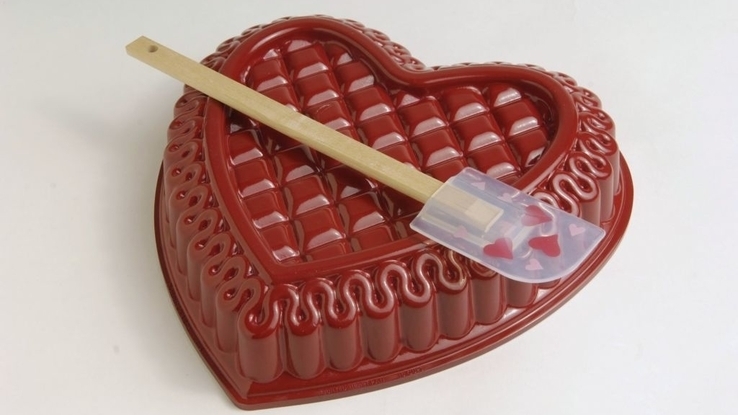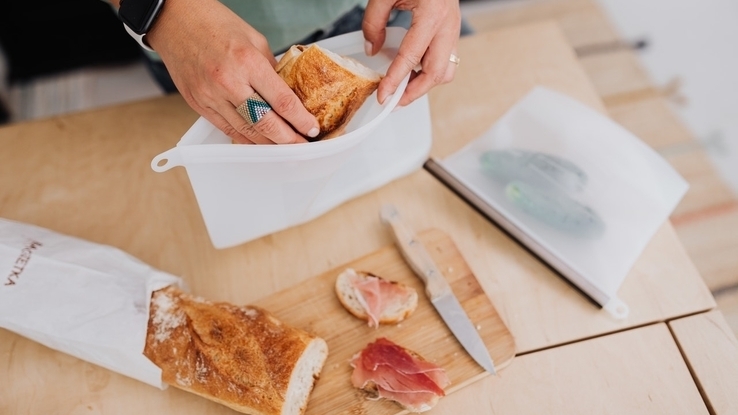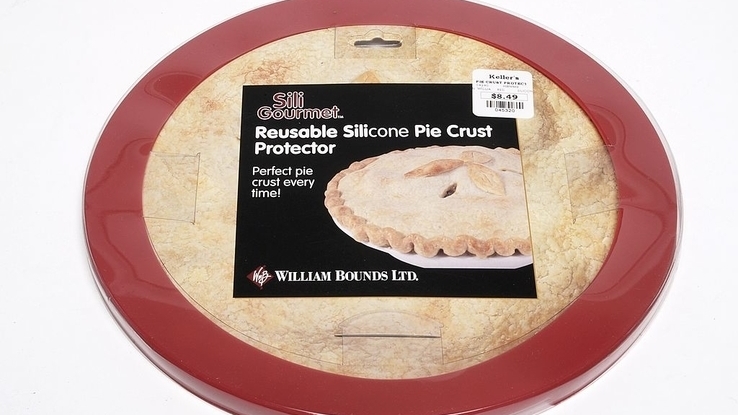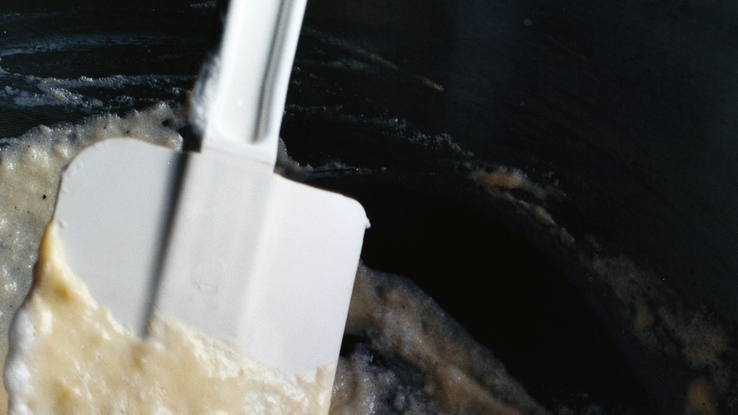
While you might know silicone more for its use in plastic surgery, there’s a good chance that you can also find it right in your own kitchen. If you have any muffin pans, Bundt pans, spatulas, cupcake liners or other items made from brightly colored rubbery material, you’re probably already cooking and baking with silicone in your own home.
Silicone’s durability in the kitchen has made preparing meals easier for Americans across the country. However, it’s also true that silicone is a relatively new material whose long-term effects still aren’t fully known. While silicone is safe by many metrics, there are some studies that suggest that silicone could have some issues under certain circumstances. Before deciding if silicone is right for you and your family, you should understand what silicone is good for in the kitchen — and where you might be better off cooking and baking with a different material.
Advantages of Baking and Cooking With Silicone
Silicone has gained in popularity because of the advantages it offers for both baking and cooking. The soft, flexible material is lightweight and easy to handle, and in the case of silicone bags and similar items, it can fold down for compact storage. Because silicone isn’t metal, you also don’t have to worry about it rusting. Combined with the fact that it’s lightweight and doesn’t shatter, silicone cookware can be ideal for road trips, camping and any other situation where you’ll be traveling light.

There are a few properties of silicone that make it particularly well-suited to the kitchen. They’re relatively nonstick, which makes cleanup and removing foods from silicone molds fairly easy. More importantly, silicone is freezer-safe and somewhat oven- and microwave-safe, although there are limitations on its use under heat (more on that below). With silicone, you also don’t have to worry as much about food cooking unevenly, like the bottoms of cupcakes getting burnt while the middles are still runny. Because silicone doesn’t transfer heat like metal or glass, foods are less likely to be exposed to different levels of heat and stop cooking shortly after they’re removed from the oven.
Where Silicone Safety Is Less Clear
Silicone cookware is made from bonded silicon, oxygen and sometimes carbon, although cheaper silicone items often contain other materials as well. It received the status of generally recognized as safe by the FDA in 1979 and is considered to be inert, meaning it’s non-toxic and won’t leach into food cooked with it. However, there is one scenario where silicone is not inert: when it’s exposed to intense heat, like you’d find in an oven or dishwasher. That’s why many silicone items already come with a warning that they shouldn’t be used at temperatures above a certain point — usually between 400 and 425 degrees Fahrenheit.

However, it’s possible that heat releases tiny particles from silicone cookware that can end up in food even when following manufacturer guidelines on temperature. The Swiss Federal Office for Public Health found that silicone baking molds lost some of their mass even when used at temperatures around half of what U.S. manufacturers recommend, with more of the silicone leaching away on first use compared to later uses. There’s also evidence that baking with silicone can cause silicone particles to become airborne, and it may be more likely to leach into meats and other fatty foods. While silicone is still generally considered to be safe for cooking with, such findings suggest that more research should be done on silicone cookware and its long-term effects.
Additionally, some silicone products (especially cheap ones) are made with fillers: other substances that may not hold up to heat as well as silicone, including even plastics, which are more likely to be a problem. The best way to test your silicone items for fillers is by twisting it or pinching it and looking for any white streaks or other discolorations that show as a result. When looking to buy new silicone cookware, try and get items made with medical-grade silicone, and consider paying for higher quality fare.
How to Use Silicone in the Kitchen
While there are some unknowns about silicone and its safety, millions of Americans still use it in the kitchen every day. If you’re enjoying the many benefits of silicone cookware, there are a few things you can do to make sure you don’t need to buy more anytime soon.

First, it’s important to recognize that silicone isn’t as tough as metal or glass. Don’t cut brownies or other foods on a silicone surface, as you could end up damaging it. You’ll also want to avoid using a scrubbing pad or other abrasive tool on anything made with silicone, as it could end up damaging the silicone and even removing chunks that are decidedly larger than just particles.
Food doesn’t usually stick to silicone, but if you are having problems cleaning your silicone cookware, there are a few things you can do. Dish soap and extra hot water can take care of most issues, and while there’s a lack of studies on the safety of silicone in dishwashers, most manufacturers label their goods as dishwasher-safe. (As always, check for washing instructions first.) If that doesn’t work, try putting silicone cookware in the oven at 350 degrees for 10 minutes before soaking it in hot water. And if that doesn’t work, apply a paste of baking soda and water, let it dry, and then wash it off with hot water and dish soap.
Resource Links:
https://www.becausehealth.org/pros-cons-silicone-2640919226.html
https://www.leafscore.com/eco-friendly-kitchen-products/pros-and-cons-of-silicone-cookware/
https://www.scientificamerican.com/article/earth-talk-silicone-tally/
https://www.sciencedirect.com/science/article/pii/S0160412018318105
https://pubmed.ncbi.nlm.nih.gov/19890756/
https://www.thekitchn.com/expert-tips-for-cleaning-silicone-bakeware-224530





